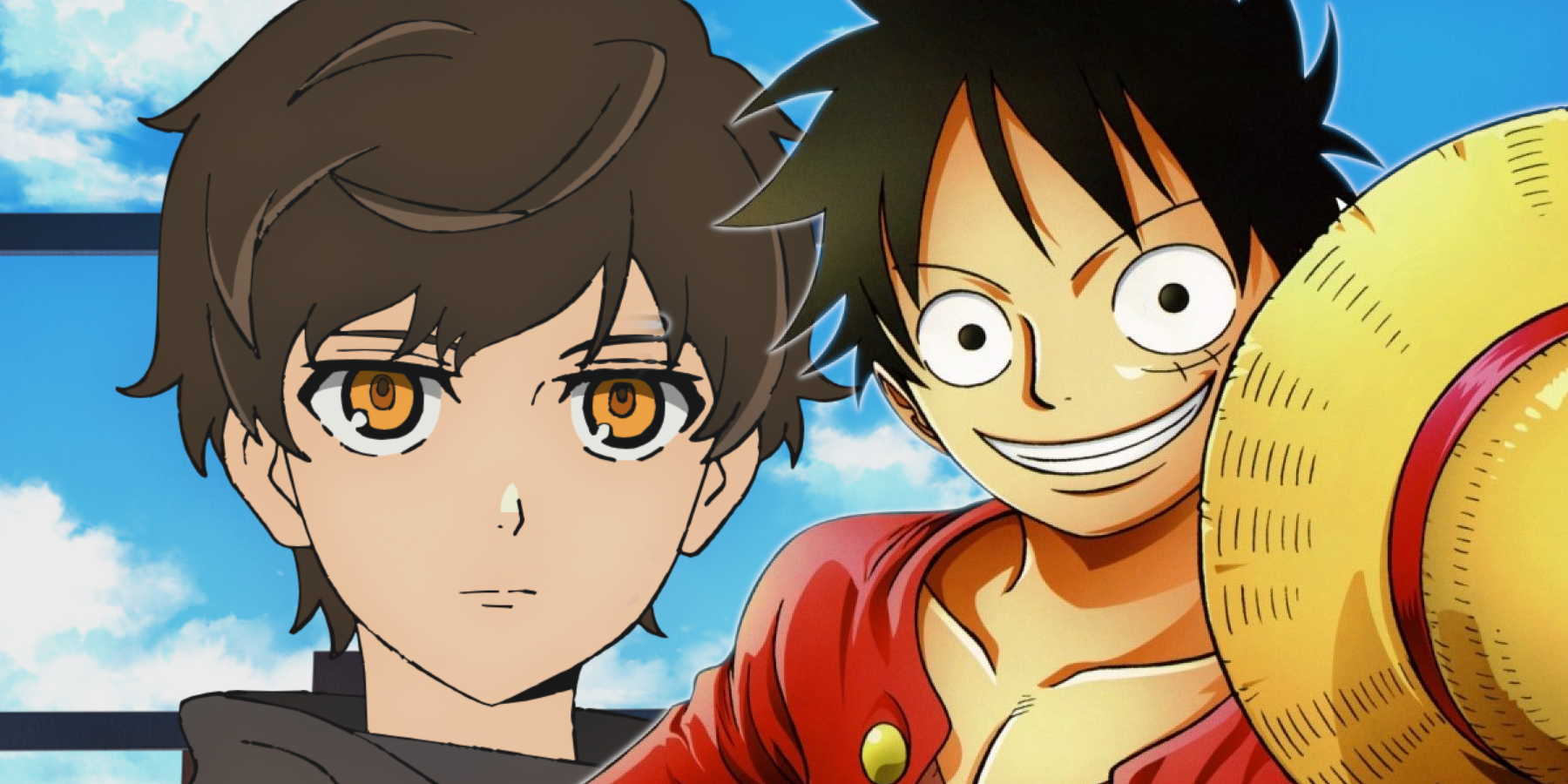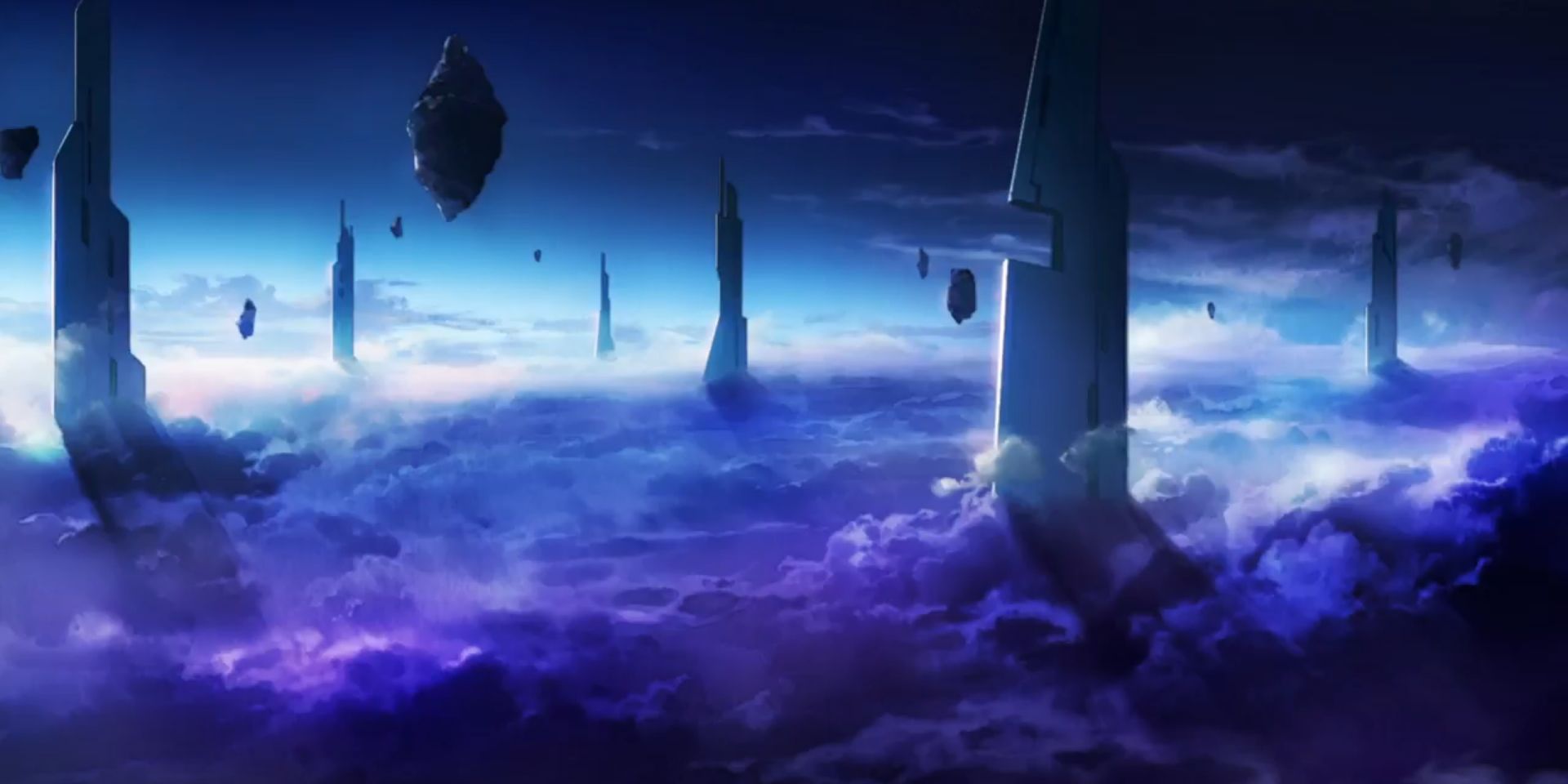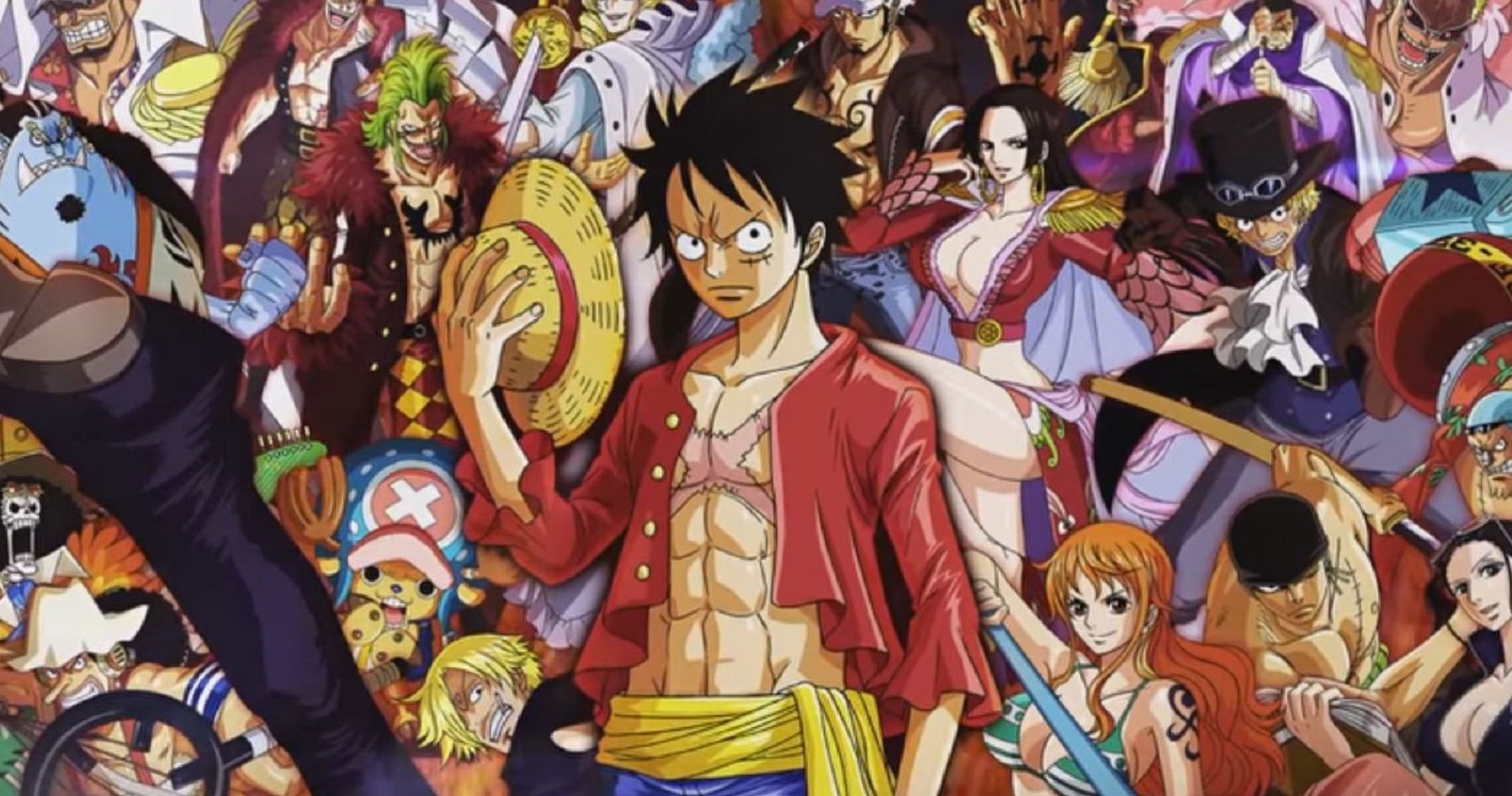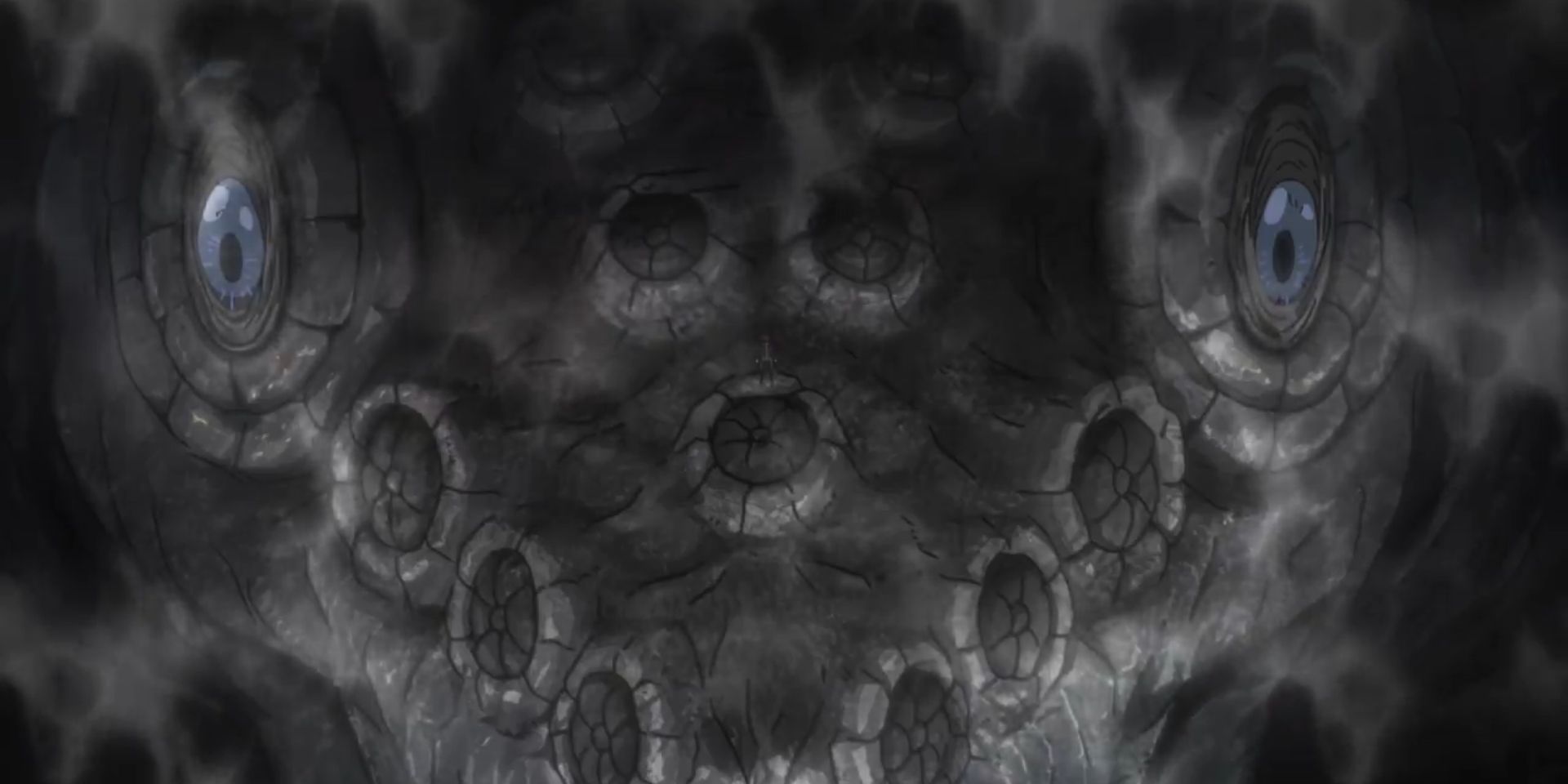One Piece occupies a special place in the world of manga and anime. Besides being one of the most popular series in its industry, it also has an immense cast of memorable characters, as well as an incredibly vast and well-developed world. From its first chapter, the story of One Piece takes on a grand adventure with a single objective: to reach the end of the Grand Line -- and every arc carries its characters closer to that goal.
While there are other adventure manga with similar structures, very few can truly match the scale, excitement and mystique of One Piece. Even when the legendary Big Three were running side-by-side, Naruto and Bleach never aimed to have the same sense of adventure that drives One Piece. Fans who wanted something similar to One Piece were left to search elsewhere and eventually stumble upon Tower of God.
Like One Piece, Tower of God is an adventure story where just about everyone is competing to reach the end of the world. Instead of sailing across a grand sea, however, its characters fight to scale a strange and deadly tower larger than Earth itself. Every floor of the Tower is a world of its own, offering new characters, challenges and political side stories that all work to twist the narrative and keep it on its feet. The simple plotline of climbing each floor and conquering its tests is gradually pushed to the side as more global threats are introduced, and every conflict begins to have far-reaching consequences.
The result is a formula both reminiscent of One Piece’s but still one that is incredibly unique. Tower of God provides a strong sense of grand adventure and scale, yet it accomplishes it in its own way. Every floor feels like one of One Piece’s incredibly imaginative islands and the events of each floor consistently push the narrative forward. Every conflict drags its main characters, and countless others in the world, toward one shared goal: reaching the top of the Tower.
While Tower of God contains many interesting elements, the soul of the story is in its characters. It offers one of the largest yet most memorable collections of characters in manhwa, while also taking the time to dive into their ambitions, histories and side stories. Even side characters are often given their own special moments, making many of the Tower’s inhabitants feel just as interesting as the main crew.
Moreover, characters in Tower of God typically fight and travel in teams. Everyone on a team has a specific position and purpose, ensuring that every member is equally important as the next. While characters in One Piece typically stick to one steadily-growing crew, teams in Tower of God are a lot more dynamic and change frequently. A team may double in size, switch several members, or disband entirely in a short matter of time.
So far, the anime adaption has introduced Bam, Khun, and Rak, along with several other characters who all strive to reach the top of the Tower. Although they all share an end destination, their individual desires have sent them along different paths, sometimes intertwining, other times far away, until they reunite once again. One Piece does something similar -- often changing perspectives to visit characters far away from the main cast, and even dedicates a page of each chapter to different miniseries that showcase the lives of its side characters. The result is a feeling within both Tower of God and One Piece that their characters are truly alive and that their world is always moving.
Beyond its vivid cast, the world of Tower of God is also home to the factions that hold it together. The Jahad Empire oversees the Tower’s activities and conducts the tests on each floor, in the name of rooting out the weak and evil. While the Navy in One Piece hunts down anyone seeking the end of the Grand Line, the Jahad Empire welcomes and funnels Regulars seeking to reach the top -- so long as they stay under the Empire’s control. Their activities have also given rise to other powerful groups, such as the independent adventurers of Wolhaiksong and the rebellious cultists of FUG. The further one ascends in the Tower, the more vulnerable they become to the conflicts of its global powers and the consequences of their actions.
Since its release on WEBTOON, Tower of God has consistently topped the platform’s charts and holds over four billion worldwide views. As WEBTOON’s service expanded globally over recent years and introduced official translations, Tower of God has steadily transformed from a South Korean phenomenon to a global sensation. Moreover, the series has been especially praised for its characters and world-building, as well as for how it balances the many interweaving narratives that drive its story.
A grand adventure story is hard to find in the worlds of manga and manhwa, and a successful one is even rarer. Tower of God and One Piece are two members of this exclusive group, both standing at the top of their respective industries. Despite their similarities, they remain very distinct. Tower of God is often colder, tenser and more atmospheric. A fan of One Piece will find themselves at home with Tower of God, but they will never know what to expect next -- and enjoy it all the more because of that. While fans may not be able to experience One Piece for the first time again, they might just feel that same promising spark of excitement, mystery and greatness in Tower of God.




